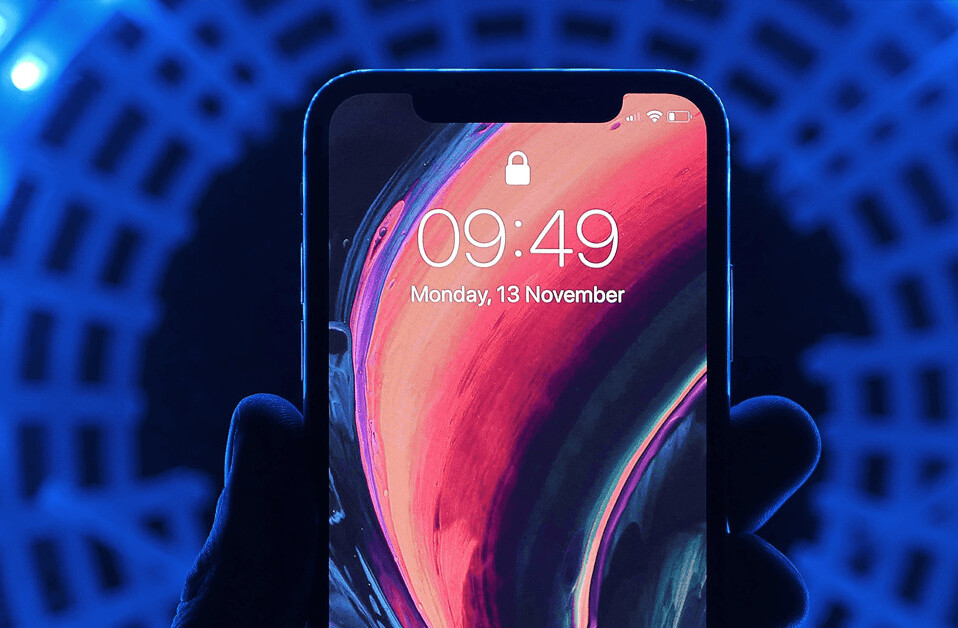
Belle Beth Cooper is a co-founder of Exist, a personal analytics platform to help you track and understand your life. This article originally appeared on her personal blog.
One of the most common questions I get asked as a writer/blogger/content marketer is where I get my ideas from. Publishing as often as I do (multiple times per week, up to every weekday sometimes), ideas are certainly something I need a lot of.
Since people seem interested in how this works for me, I thought I’d share some of the ways that work best for me (so far—it’s always a work in progress!).
TED talks
Whenever I’m in a curious mood, I like to browse the homepage of TED. The videos I’ve found there are usually full of memorable stories and fascinating information.
In the past I’ve used TED talks as inspiration for posts about an inspiring teacher, how we think about charities (that one really woke me up) andneuroscience myths.
Reading
I try to read a lot. After all, that’s one of the marks of a good writer.
Sometimes I’ll want to riff off something I read, but more often it’ll simply plant a seed in my mind that doesn’t grow into an idea until later. I really like using pen and paper, so I’ll often jot down thoughts, ideas and quotes that come from what I’m reading, which really helps to cement that seed in my mind so it can connect with other thoughts I have later and become a full idea of its own.
I don’t read nearly as much as I’d like to, but here’s my process at the moment:
- I’ve subscribed to around 30 RSS feeds using Feedly. I’m fairly ruthless about choosing what to read within these feeds: if it’s not interesting to me, or I’m not engaged after the first paragraph or two, I don’t waste time continuing with it.
- I use Readability to save articles for later. Not just long ones, but almost everything. I generally find not only do I not have time to read when I come across new articles online, but I’m rarely in the right frame of mind, either. (side note: I’ve tried Pocket and Instapaper, as well as Pinboard’s read-later option and found that Readability is best for me right now but they’re all good services with their own benefits.)
- I don’t read much on my Mac, but when I do I use Feedly’s web interface. I have ReadKit, and as soon as it integrates with Buffer I’ll use that as my main reading tool for the Mac.
- On my iPhone and iPad I use Reeder for both RSS feeds and my Readability articles. It has a beautiful design and integrates with things I use a lot, like Buffer and Pinboard.
- When I make the time, I also read actual books on my Kindle Paperwhite.
- Every morning I check a small stack of sites including Hacker News, Quibb,Quora and Kippt to find interesting stories to add to my Readability queue.
- Occasionally I use an iPhone app called Readtime (that happens to be made in Melbourne! Yay!) which lets you choose a time period like 10 minutes and grabs articles from your Readability or Pocket list that fill in that much time. It’s a great way to get through your list more quickly.
There are loads of other places to find great stuff to read. Some of my favourites that I just don’t have time for right now are Prismatic, Flipboard, Zite, Byliner, The Feature, Longform and Longreads.
I also save lots of links from Twitter as I browse it, and occasionally from App.net.
Listening
Listening is an all-rounder skill that can help you get ideas in so many ways. Here are some of the ways I’ve picked up ideas from listening:
- Audiobooks: these are great for making use of traveling time or to fill the silence while I’m doing chores around the house.
- Podcasts: these fit into similar situations to audiobooks, but they’re often in smaller, manageable chunks and can be a great way to get a quick intro to a brand new subject. I highly recommend the How Stuff Works shows and Radiolab.
- Public conversations: public transport is a boon for picking up tidbits of interesting conversations. I’ve written many a germ of an idea on a train or tram after listening to other people talking.
- Traveling: when I’m overseas there are so many new sights and sounds, it can be a bit overwhelming. I find it beneficial training for my senses as well, though, since being in a foreign country forces me to pay attention and work hard to understand things like different languages or cultural norms. Just hearing the way people converse about ordinary topics in another culture can really open up my mind and suggest new ideas.
Walking
Walking in itself has proven to be the single most successful way of producing ideas that I’ve ever come across. This might not work for you, but for some reason it’s just right for me, with a couple of stipulations:
- I can’t listen to audiobooks, podcasts, or music (if I want to generate ideas). If I do, my brain isn’t free to think. Sometimes I do this, when that’s what I’m in the mood for, and I’ll find myself thinking so much I have to turn the audio off to give my brain the space it needs.
- It works better if I’m walking home. There’s something about the relaxed nature of a walk home that lets my mind unwind and explore new ideas.
- It helps to carry a notebook or my phone. I know Joel Gascoigne carries a pocket Moleskine when walking for this very reason: you have to get those ideas down, ASAP. Especially when you’re in a particularly creative headspace, because they’ll just keep coming. I like to use Drafts to capture these.
I expect this list to change as I grow to understand my own processes more, but so far these are the best ways I’ve found of finding ideas. If you want to chat about these, come say hi on Twitter.
Get the TNW newsletter
Get the most important tech news in your inbox each week.





